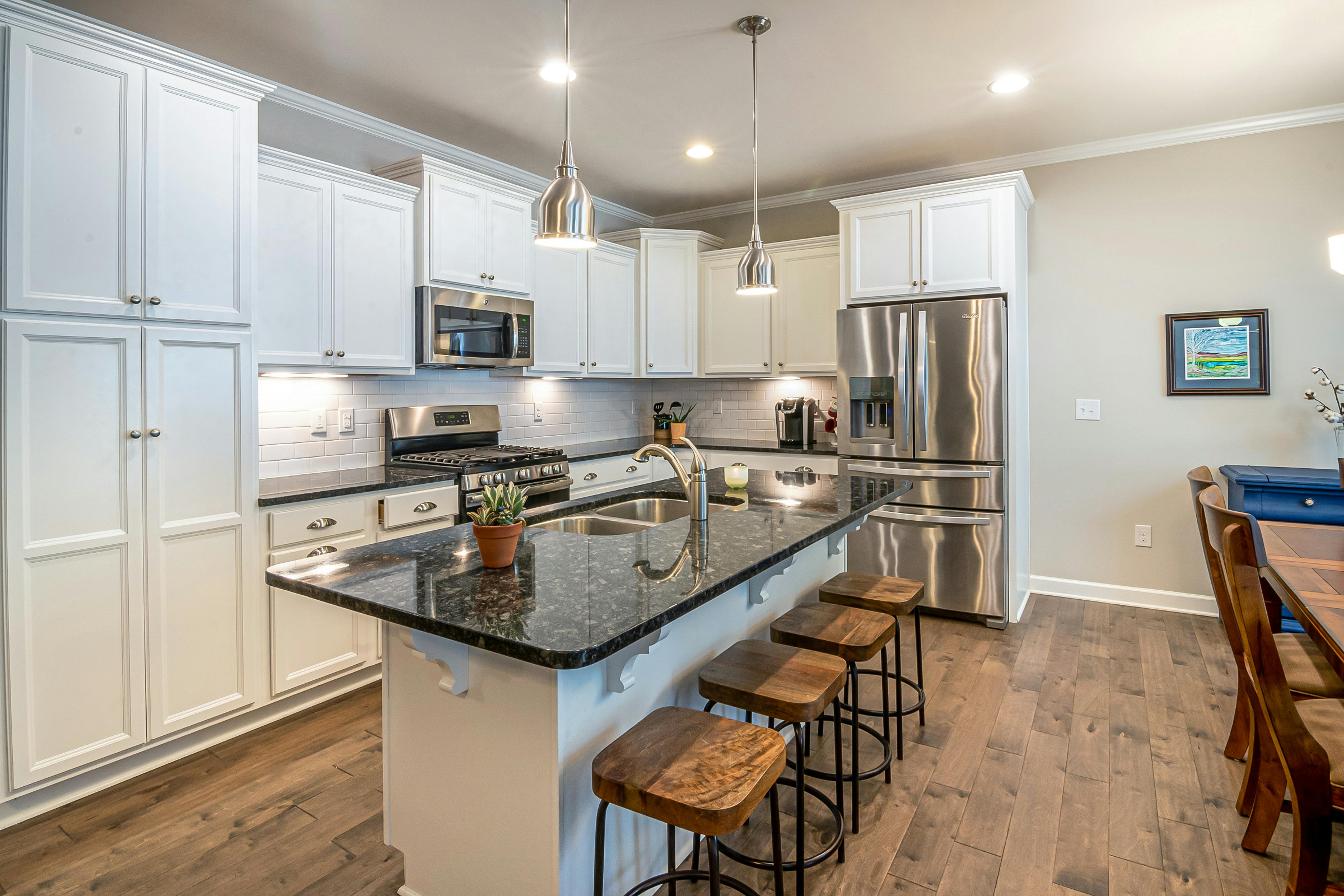Hiring an interior designer should be an exciting time for you. However, if you’ve never used their services before, you may feel a little anxious or intimidated at the prospect of a complete stranger walking into your home (and life) and starting to analyze everything you own.
While most designers understand the dynamics of what they’re going through, I’ve found that most homeowners have a lot of questions and concerns about how it works. To help those of you who haven’t had the pleasure of working with a designer, here is a list of some of the most common questions your designer is likely to ask you.
1. How would you describe the overall look you want to give your home? This could range from casual to contemporary or traditional to transitional. Some clients have certain keywords that they may have in mind like coastal, farmhouse, vintage, Mediterranean, eclectic, minimalist, etc. Generally, the designer looks for a mental image to start the design strategy.
2. How will the space be used? There is nothing typical about how people live. Everyone is different and there is no right or wrong. I’ve had people turn entire bedrooms into closets, dining rooms into billiard rooms, etc. Perhaps you want the room to have multiple uses, such as a great room for entertainment, games, a media center, and family gatherings. Perhaps the home office needs to accommodate overnight guests. Maybe the dining room should be able to double as game tables on game night. This is where you need to be honest in how you live so that the designer can create something that meets your requests.
3. How do you feel about the structural changes? This could include adding windows, moving doors, widening rooms, raising ceilings, etc. Sometimes these changes can make the difference between a nice home and an exceptional home.
4. How many people do you usually entertain? This can have an effect on the size of the dining room, the amount of seating in the living areas, the traffic pattern and furniture arrangement, and also the types of surfaces selected. High traffic areas need surfaces that can take abuse and are easy to clean. The same goes for fabrics used in upholstery.
5. Do you have any hobbies or things you don’t like? Let your designer know if you have certain colors that you like or dislike. If you have preferences beyond that, like pattern types (florals, stripes, checks, etc.), speak your mind.
6. Is there any special personal need? Special needs include family members or close friends who may have certain disabilities, pets, extended family size while on vacation, etc.
7. What is your time frame? Do you have a deadline to have the work finished? Is this date firm or just a desired date? Keep in mind that by shortening the time frame, you may shorten the selection your designer can choose from and also limit them to suggesting special treatments, such as construction-related upgrades. Also, if you don’t have specific deadlines, the option to complete the project in phases is a possibility, meaning the scope of work could be increased to accommodate your financial situation over time.
8. How long do you plan to live here? This is important so that the designer can measure the value of the different options. Those who plan to move in 4-5 years should invest less in a project than someone who plans to spend a large part of their future years in their home. The only exception to this rule is if you’ve bought an older home at a great price and expect to make a profit on resale. In that case, the construction costs may exceed the cost of the furnishings, but this will certainly need to be done to bring the house up to competitive standards.
9. Do you need any specialized service included in the project? Special items would include things like sound systems, media or security systems, special remote control devices like the Lutron Smart House system, or any other specific mechanical or plumbing items that require coordination with an outside source to include in the project.
10 What is your budget? This is a bit tricky. Some clients feel they need to put the designer down thinking that designers always go over budget. Some throw in an unrealistic figure with no real intention of spending as much money as they have indicated. The best advice here is to be honest. Let your designer know how much he is comfortable spending. They can apply it in the best possible way to give you the most value for your money. If you have no idea what things cost, be honest again. A good designer should be able to give you an idea after analyzing the scope of the project based on his previous experience. But before you start handing over any deposits, it’s a good decision to have all costs lined up first so there are no surprises.
This will give you an idea of some of the most popular questions that we as designers like to know when going into a new project. Of course, you will have questions too, and you should ask them all without reservation. Having no surprises during or at the end of the job will make the process much more fun, and hopefully you’ll have built a lasting relationship that will see you and your family through the years to come.
